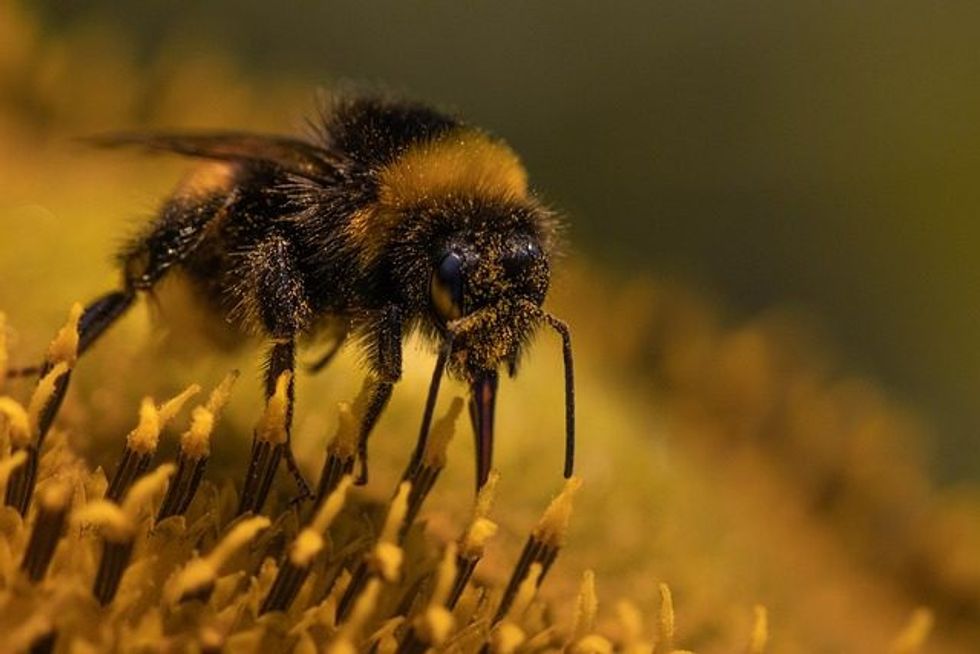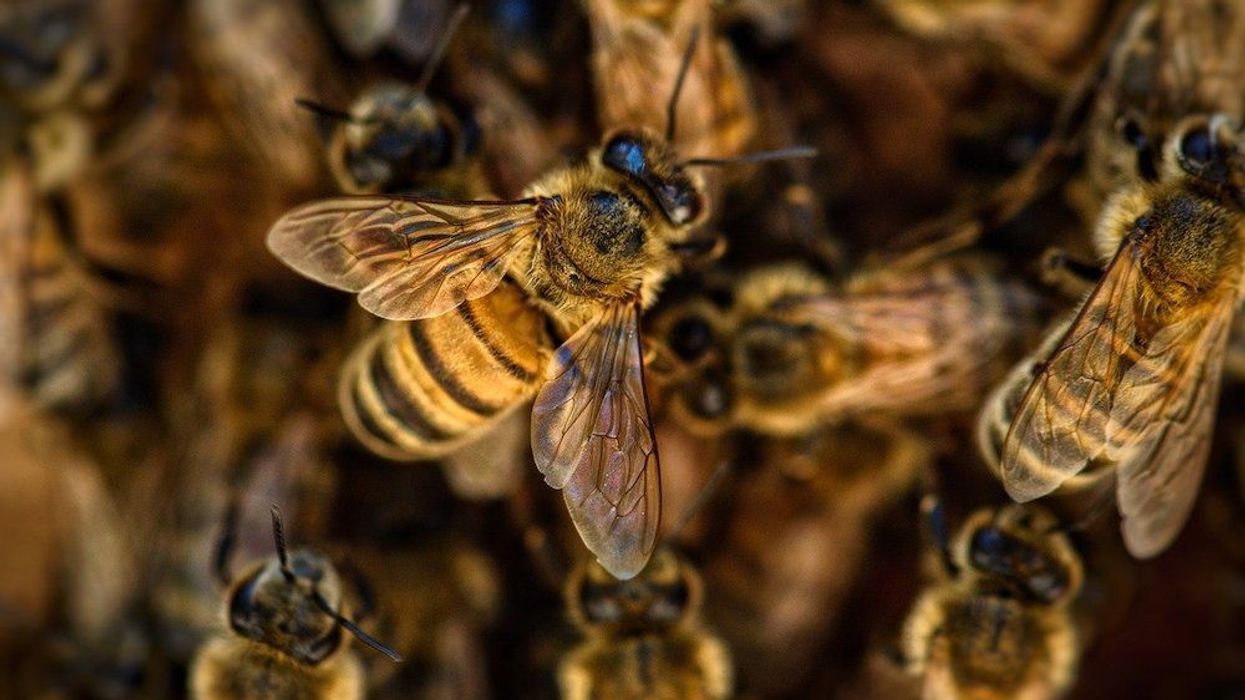Toronto’s perpetually evolving concrete jungle is coming at a cost to native bumblebees.
A buzz-worthy new study from York University revealed that areas of the city with the most pavement, roads, and concrete, and the highest density of buildings, had the fewest bumblebee colonies.
The study comes at a time of growing concern across the globe surrounding the decline in bee populations. While their stings can be painful -- and potentially life-threatening for some -- as pollinators, bees are vital for healthy and balanced ecosystems.
The research, led by Prof. Amro Zayed of the faculty of science, along with associate professor Sheila Colla of the faculty of environmental and urban change, set out to examine how an urban environment can enhance the health and abundance of pollinators, such as the Common Eastern Bumblebee.
“We used genetic techniques to fingerprint bumblebee workers and group them into families and nests, then used triangulation by dividing the city into 270 grid cells to determine where each nest is within Toronto, and how far worker bees had to go from their nest to forage for food,” says Zayed.
Specifically, researchers looked at landscape, population demography, and income in Toronto to determine which features improved habitat quality by noting which areas had the most nests and bees, and the shortest distance to food. Foraging too far away can affect the lifespan of bumblebee workers and the fitness of colonies, note the researchers.

The research determined that bumblebee foraging distance increased and the number of bees in each colony decreased in areas with a higher density of buildings, roads, paved surfaces, bare ground, and humans. That wasn’t necessarily shocking. What did come as a surprise to researchers, however, was that the relative density of houses within each grid cell was associated with shorter foraging distances, compared to areas with high density multi-level buildings.
“The type of urbanization seems to matter. If there are no city parks or watershed forests, those urban areas with a higher density of single or multiple family houses, that would typically have front and backyards, seem to provide better foraging opportunities for bumblebees,” says Colla. “It’s increasingly important to design cities in a manner that sustains and enhances biodiversity and ecosystem services.”
While they note the clear negative effect of urbanization on both colony density and foraging distance of worker bees, the researchers highlight that functional -- not cosmetic -- green space was generally associated with higher quality habitats for bumblebees. Furthermore, they found no evidence of a “luxury effect,” the notion that wealthier neighbourhoods are better for bee populations.
The key to a more bee-friendly city, according to researchers, is to create more diverse green spaces. “By converting boring green spaces, such as grass lawns, into functional green spaces like meadows and pollinator gardens, city dwellers can provide ideal bee habitats,” says Zayed. “Cities can also convert some of the concrete to green spaces, but parks and forests are also beneficial to pollinators.”
The study also highlights that bumblebees like a variety of plant species, many of which can easily be planted in front yards and backyards, including black-eyed Susan, Canadian goldenrod, New England aster, purple coneflower, willow, and various fruit trees and shrubs.
The good news is that a handful of Toronto initiatives are in place to enhance bee health. In 2018, the City passed its celebrated Pollinator Protection Strategy, in an attempt to save Toronto’s bees by targeting pesticide use and making green spaces more bee-friendly.
Urban beekeeping has also gained traction in private buildings in recent years. For example, the Fairmont Royal York, the Shangri-La hotel, CBC headquarters, the Manulife building, and RBS Waterpark Place all house urban beehives.
Hopefully, more developers and architects will take note when developing everything from office buildings to condo towers. This is especially true at a time when the city is only increasing in density with each shiny new condo building.
The paper, “Bees in the six: Determinants of bumblebee habitat quality in urban landscapes,” was published last week in the journal Ecology and Evolution.





















